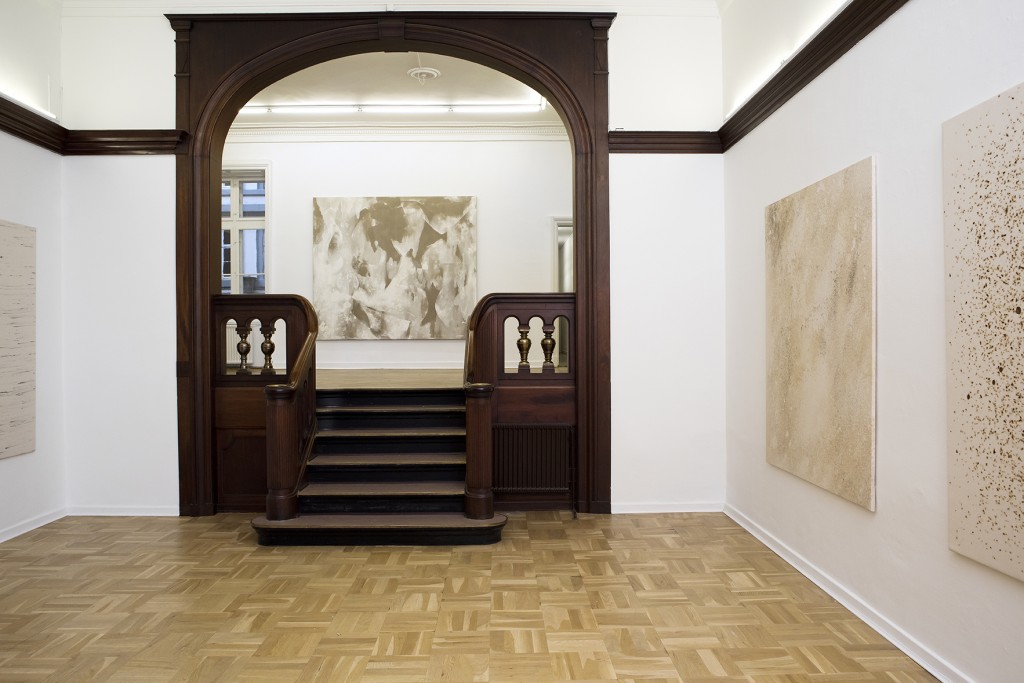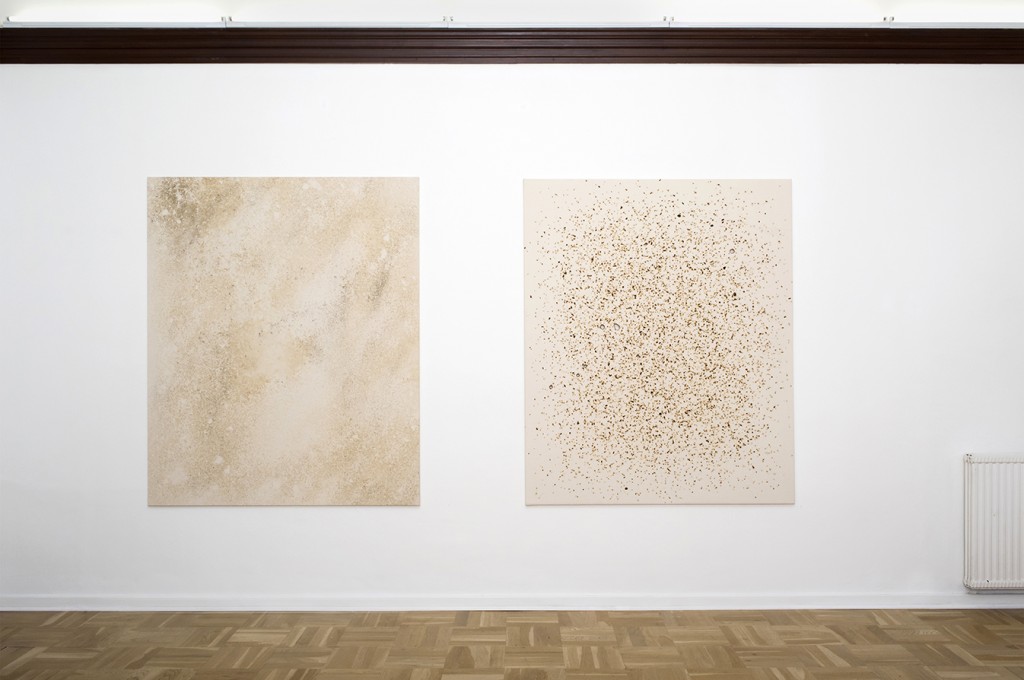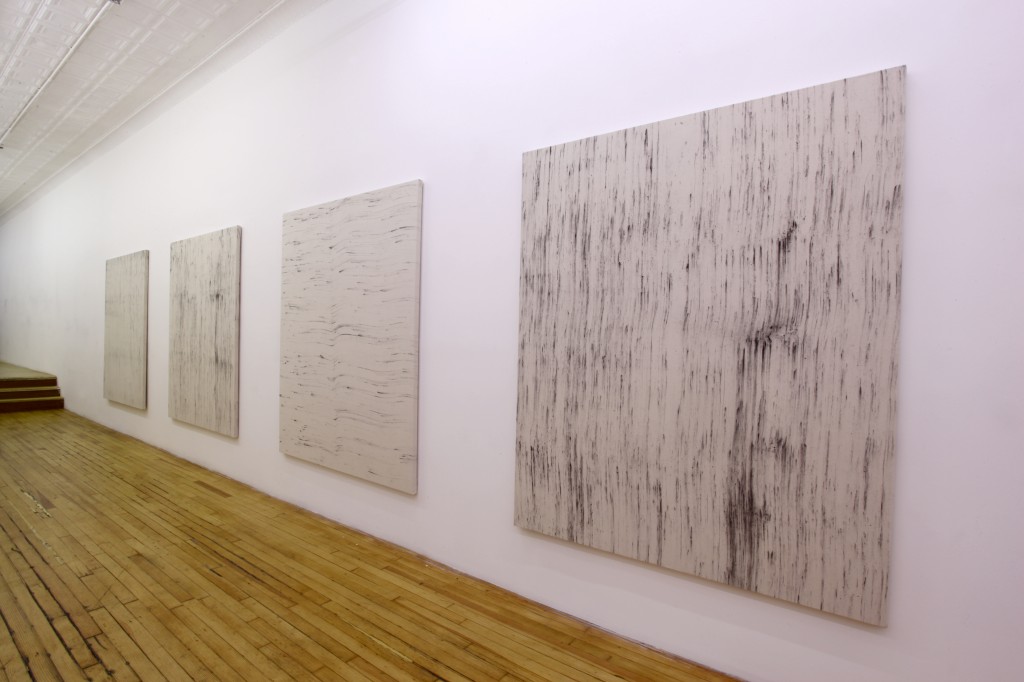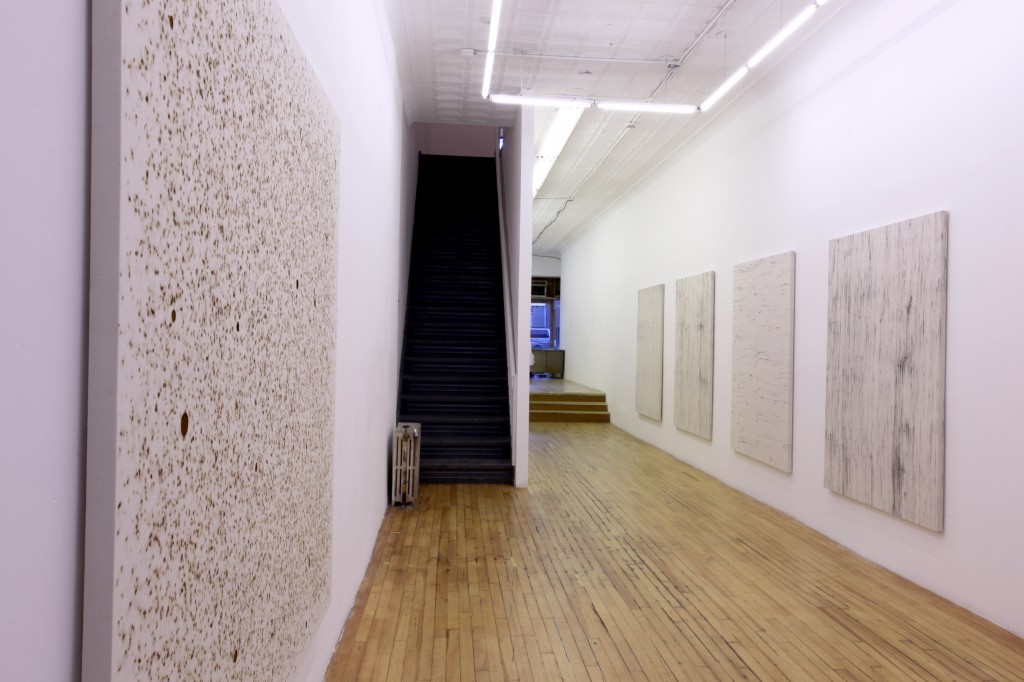Q&A – Steve Morito Nishimoto
Q: Can you tell us about your background?
I was born and raised in Chicago, a fourth-generation Japanese-American. My family were, in essence, culturally assimilated Americans. We didn’t even speak the language, but I was exposed early on to certain aspects of Japanese culture. I sometimes wonder if this unconsciously influences my approach to art making. I attended Lane Tech, the city’s largest high school and the same school my father went to, which was a massive place with a highly diverse group of over 4,000 students. There I focused on my interest in art. I was fortunate to have teachers who were encouraging and supportive of my choice and I then went on to the American Academy of Art to pursue my BFA in fine art. After being graduated I moved to New York City in 2002.
Q: Was there a particular moment or event where you decided to become an artist?
A. I can’t recall the exact age, but I was fairly young when I first made a complex ink drawing. I had always drawn a lot but this particular piece was quite a bit more advanced than my previous efforts. Apparently it so impressed my father that he told me he wanted to place me in art school.
Q: What was the first artwork you made?
A. Perhaps the one I’ve just mentioned.
Q: What is most important to you regarding your work? The visual outcome, The process, The Material, Or something else?
A. With my work, the most important thing is that I feel some sense of satisfaction from what I am doing, regardless of its outcome.
Q: The process and the choice of source material and ideas surrounding your work, can you tell us more about it?
A: My most recent series of paintings is titled ‘Cessation,’ which refers to the “act of bringing to an end” or in terms of smoking cessation, quitting. I acted on my fixation with both smoking and quitting smoking to create these works. The viewer may perceive the fragility of life in the materials and treatment. Tobacco staining, burnt matches and ashes are littered across raw canvas. I try to use inexpensive, readily available materials—which may have a negative connotation about them—to hopefully create compelling artworks.
Q: Working with Matches and Tobacco – How did that happen?
A: This series started from a painting in which I invited fellow artists and studio visitors to smoke, ash and extinguish their cigarettes on a canvas they would stand on. I noticed a stray burn mark and one idea led to the next.
Q: The Works with the Ashes from the Matches – How did that come to life, and how are they made?
A: As I was putting cigarettes out on the canvas for this piece, I swiped a burnt match along with my foot and noticed what a defined line it left. This led me to the idea of recycling materials I had already used to pull them across the canvas. I was looking for the right object to function as a squeegee and, after some trial and error, it turned out to be a metal door that I found discarded in the studio space.
Q: What influences you?
A. Mostly sort of mundane things that I notice while I’m walking around, that make me curious or feel something. Certain aspects of my film photography also feed back in to the work and vice versa. Often, abstract elements are explored in my photographs: shadows on walls, textures, color blocking, etcetera. A selection may be viewed @steve.nishimoto
Q: Can you let us in on some of the future projects, works?
I have some new ideas that I’m very excited to start working on. I will also continue to develop some of the concepts explored in the Cessation series.
Steve Nishimoto debuts his series of five process based works. These large scale (60” x 72”ʼ and 90” x 75”) pieces are materially connected, as they all utilize common objects associated with smoking, but more notably they are conceptually tied together by a formal study of the relation between chance and pattern.
The first series, Match Burn Paintings, are prepared by throwing lit matches at a canvas. By setting the barest of parameters and leaving the rest to chance he in effect recreates the basic principles of universal creation and the results bear a striking resemblance to modern satellite images of protean celestial events.
In another series, Used Match Paintings, the spent matches from the Match Burn Paintings are affixed at random intervals to a weighted sled and dragged across canvas. He is again setting minimal conditions to produce an abstract that is not a direct result of the artists will. The end products are erie Rorschach-like images where patterns are suggested and the shadows of the familiar surface and recede in watery succession.
The third set, Matchbook Paintings, brings the series to total use of the original source, the matchbooks that housed the tools from the first two series are arranged in hypnotic positive/negative space patterns that bring to mind DNA test charts. The random element is also at play here in a more understated way within the repetitive sequencing as stray marks from natural use overlay their own motifs.
Nishimoto changes medium for the Tobacco Stain Paintings. Cut tobacco, sometimes cut with graphite powder, is sprayed with water mister and left to leech on canvas. After the initial installation by the artist, gravity and the changing physical properties of the combined elements follow the dictates of their intrinsic properties to determine the final outcome. These works have an etherial micro/macro relationship to nature at once evoking the graining of igneous rock and ,as in the Match Burn Paintings, telescopic visions of the cosmos.
The final group, Ash Tray Paintings, amplifies the artists relinquishing of control by introducing multiple actors in the process. Canvases are left on the ground to be used as smoking areas by a revolving cast of studio visitors. The chaotic abstractions achieved are fittingly full of life as they are a true point specific recording of human activity.
Steve Nishimoto is a fourth generation Japanese-American artist born and raised in the city of Chicago, currently living and working in New York City. His work reflects the New York landscape that he has inhabited for the past 12 years.







Pingback: All about art - 33 Artist in 2014 !! - Copenhagen Contemporary